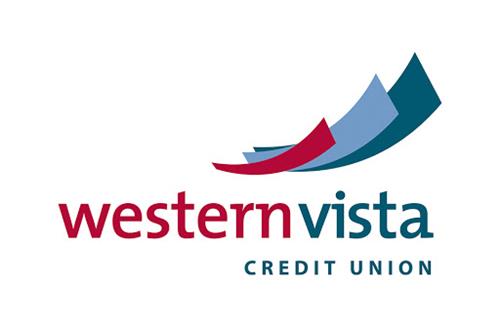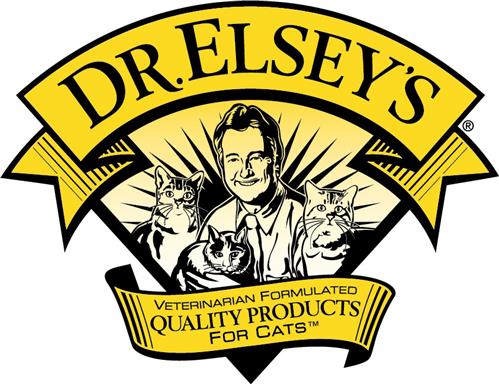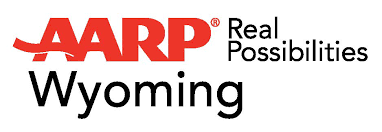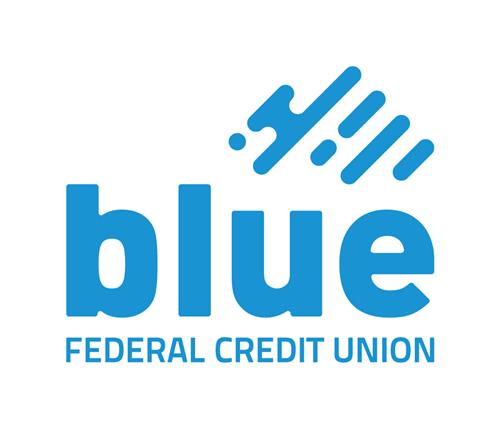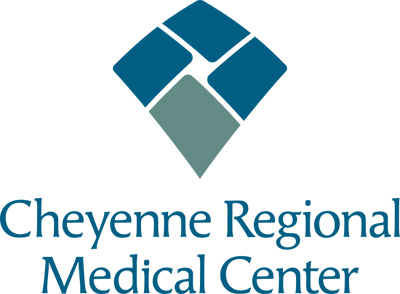SEE International
At the invitation of eye surgeons in developing countries, and with the approval of local health and civic authorities, SEE International recruits, organizes, and deploys numerous small surgical teams worldwide. Since being founded in 1974, SEE’s eye surgeons have examined more than 3 million patients and performed over 370,000 sight-restoring operations.
SEE International is the link that connects volunteer ophthalmologists to host clinic sites that are in desperate need of help alleviating the overwhelming numbers of people living in darkness. SEE International organizes the clinics and provides most of the equipment and supplies that are needed. SEE’s volunteer eye surgeons donate their time and pay for all their own travel expenses. During each clinic (approximately five days long), sight is typically restored to 50 to 200 people.
Our 600+ volunteer ophthalmologists’ desire to make a difference in the world by using their skills and personal financial resources to cure blindness in developing countries inspires us. We support their philanthropic leadership by maintaining working relationships with surgeons around the world, coordinating international clinics, gathering the best medical supplies available, and offering cutting-edge training for cataract surgery.
Blindness is an underlying cause of poverty and hunger in developing countries. The World Health Organization (WHO) estimates that of the world’s 37 million blind people
90% live in developing countries
80% of the cases are avoidable or treatable
48% are blind because of cataracts
SEE International's primary focus is on cataract surgery. This type of surgery is one of the most cost-effective of all health interventions. Cataract blindness is readily curable. A volunteer SEE International surgeon can restore the sight of a person who has been blind with cataracts for 5, 10, or even 20 years with a local anesthetic and a 30-minute surgery.
Cheyenne Rotarians John and Lori Millin are busy preparing for their thirteenth trip with Surgical Eye Expeditions International. The Millins usually travel once a year to a developing country to participate in a cataract surgery clinic. Each clinic typically restores the eyesight of 100 people.
The Millins current project has them partnering with the Port Harcourt University Teaching Hospital in Port Harcourt, Nigeria to not only arrange cataract surgery clinics, but also to help provide this teaching hospital with the equipment and training needed to modernize cataract surgery services. The Cheyenne Rotary Club and its World Community Service Committee have been involved every step of the way. This partnership began when the Millins traveled with Rotarians Bob Womack and Billie Addleman, along with Billie’s wife Brandi Monger, to Ghana in November 2011. Our club donated funds to purchase an autoclave sterilizing machine for the Ghana clinic. Also working at that clinic was a young ophthalmologist from Port Harcourt, Nigeria, Dr. Omaka Okoh. At the Cheyenne Rotarians suggestion, Dr. Okoh joined his local Rotary Club. He also applied for and was accepted into a joint partnership program with Rotary and the American Academy of Ophthalmology. The Cheyenne Club has provided the funding to cover Rotary’s end. This program will give Dr. Okoh the chance to travel to the US to observe the doctors at the Cheyenne Eye Clinic and also to travel to the American Academy of Ophthalmology’s annual meeting in Chicago. The AAO meeting is the premier event in the world for learning about new techniques in the field of eye care.
With two SEE clinics planned in Port Harcourt for 2013, Cheyenne Rotary’s WCS Committee has applied for a district matching grant to purchase an operating microscope for the hospital in Port Harcourt. This microscope with be a huge benefit not only to the safety and outcomes of their eye surgery, it will also help tremendously in their ability to teach ophthalmology residents as it will also have an assistant scope. The assistant scope allows another person to see exactly what the surgeon is seeing as opposed to merely looking over his shoulder as they do now.
Download the website sponsorship guide











